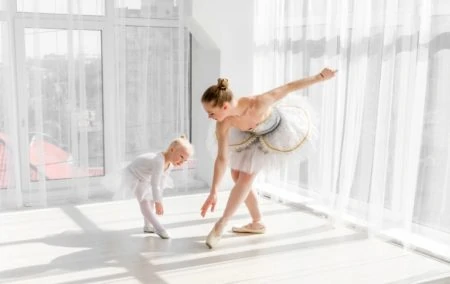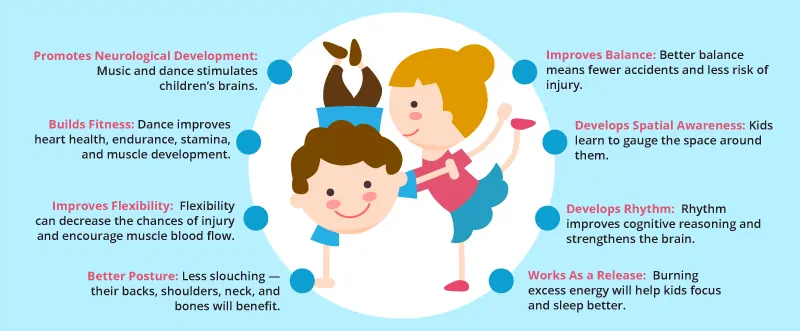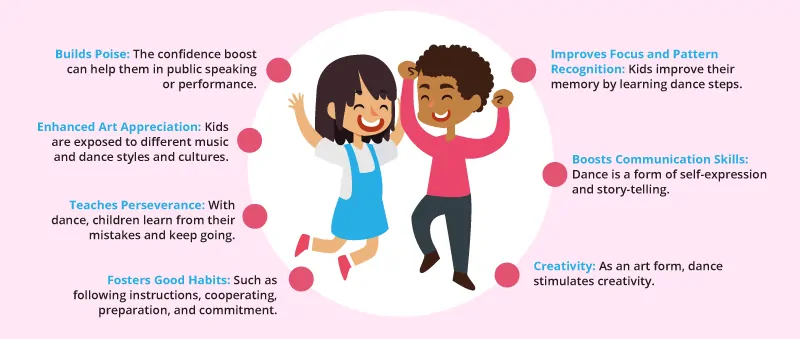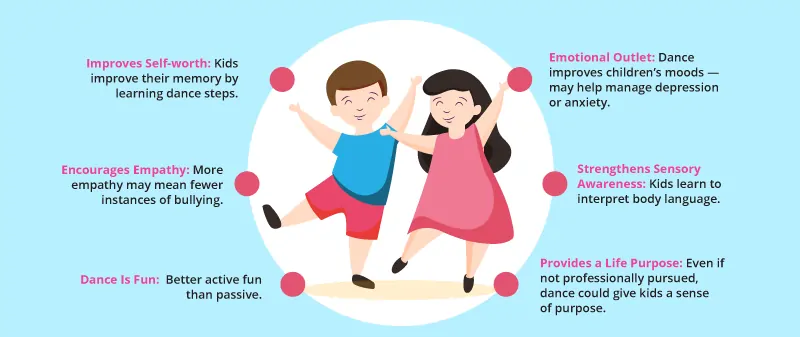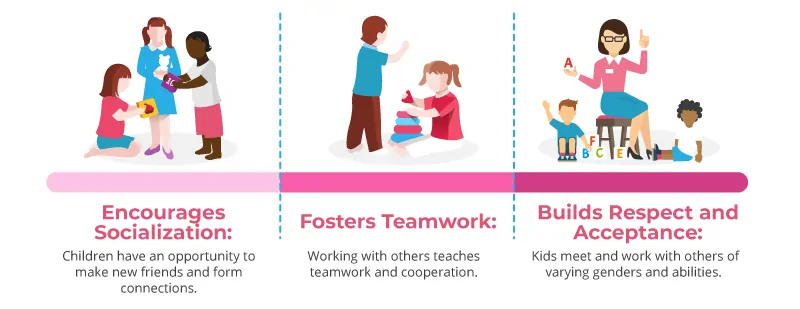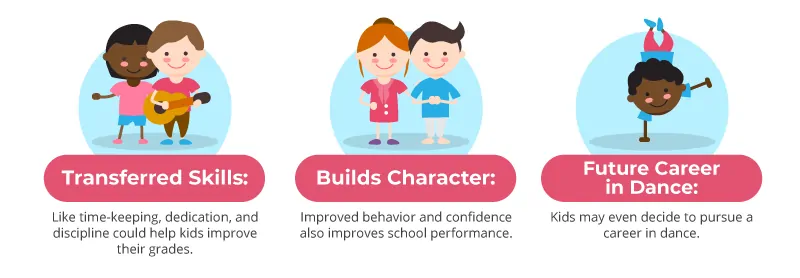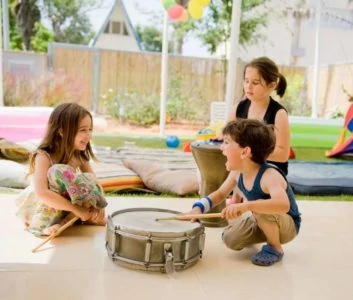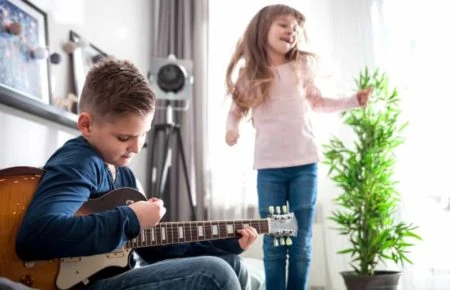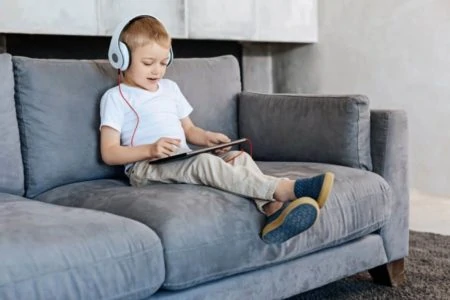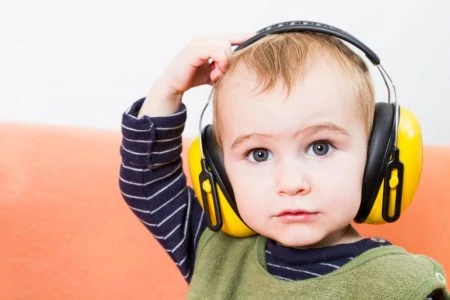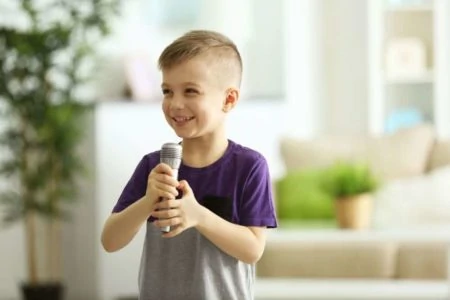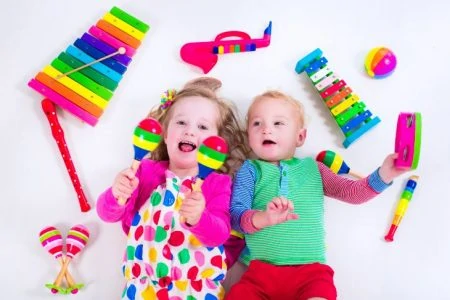Have you ever watched your child wiggle instantly when a catchy song comes on? That natural urge to move is more than just cute; it is a vital part of development. Creativity and self-expression are crucial for well-being, and dance is one of the most enjoyable ways to get kids active.
Dancing offers incredible advantages, ranging from improved physical fitness to skyrocketing confidence. But how exactly does it help, and how do you encourage it?
Your child doesn’t need to be a professional ballerina to reap the rewards. Here is how dance can transform your child’s physical, mental, and emotional health.

Key Takeaways
- Full-body fitness: Dance improves flexibility, stamina, strength, and posture without feeling like a boring workout.
- Brain power boost: Memorizing routines and rhythm strengthens cognitive skills, memory, and focus.
- Emotional regulation: Movement provides a healthy outlet for energy and emotions, reducing stress and anxiety.
- Social skills: Group classes teach teamwork, cooperation, and empathy toward peers.
Physical Benefits of Dance
Dance is just as much of a sport as it is an art form. It requires stamina, strength, and coordination. Here is how it physically benefits your little one.
- Promotes neurological development: When a child enjoys music and moves to the beat, it stimulates the brain. This creates new neural pathways and improves overall cognitive function.
- Improves cardiovascular health: Dancing gets the heart pumping. It improves endurance, stamina, and energy levels. Because it is expressive and fun, it is often a great solution for kids who dislike traditional sports or exercise.
- Increases flexibility: You don’t need to be a contortionist to benefit here. Dance increases the body’s range of motion. Improved suppleness helps prevent injury and improves blood flow to the muscles (1).
- Corrects poor posture: Modern kids spend a lot of time hunched over screens. Dance teaches them to engage their core and support their own weight. This leads to a straighter spine and better alignment for the back, shoulders, and neck.
- Enhances balance and coordination: Learning to hold a specific stance keeps a child centered. Better balance means fewer falls and accidents in daily life. It helps them move through the world with more grace and stability.
- Develops spatial awareness: Dance teaches spatial reasoning, which is the ability to understand your body in relation to the environment. Kids learn to gauge their space to avoid bumping into others, a skill that improves general safety and awareness.
- Internalizes rhythm: Having a sense of rhythm does more than help you clap on beat. It improves cognitive reasoning and strengthens brain function (2). It also promotes a state of mental relaxation.
- Provides a physical release: Kids have boundless energy. Dance offers a structured outlet for pent-up hyperactivity. Burning this energy physically often leads to better sleep and improved focus later in the day.
Mental Benefits of Dance
A strong body supports a strong mind. As your child’s physical coordination improves, their psychological health often follows suit.
- Boosts self-confidence: This is a big one. When a child masters a new move or performs for a supportive group, their self-esteem soars. This confidence often transfers to other areas, such as public speaking or school presentations.
- Expands cultural appreciation: Dance is a universal language. Through different styles (jazz, ballet, hip-hop, folk), children are exposed to various cultures and musical histories. This broadens their worldview and appreciation for the arts.
- Teaches resilience: Learning a routine takes trial and error. Kids learn that it is okay to make mistakes; they just have to keep trying. This grit and perseverance are essential life skills that help them handle failure gracefully.
- Instills discipline: Dance requires focus. Kids learn to arrive on time, wear the proper gear, and practice consistently. These habits teach accountability, preparation, and the value of hard work.
- Sharpen cognitive skills: Focusing on choreography builds memory and pattern recognition. It requires the brain to solve problems in real-time. Once comfortable, many kids start inventing their own steps, which boosts innovation.
- Improves communication: Dance is storytelling without words. It helps children learn to express complex feelings and ideas through movement. This practice enhances their overall ability to communicate with others.
- Sparks creativity: Dancers are often encouraged to “freestyle” or improvise. This freedom allows children to express their unique personalities. It stimulates imagination and encourages them to think outside the box.
Emotional Benefits of Dance
Movement is deeply connected to emotion. If your child feels strong physically, they are better equipped to handle emotional challenges.
- Improves self-worth: Pride in physical achievement translates to self-love. This confidence can be a powerful tool against bullying and anxiety. Dance also teaches empathy, which helps children understand the feelings of others (3).
- Elevates mood: It is hard to stay grumpy while dancing. Physical movement releases endorphins. It is a much healthier dopamine hit than staring at a TV screen. It combats boredom and generally makes kids happier.
- Refines body language: Dance strengthens non-verbal communication. Children learn to read the physical cues of others more accurately. This emotional intelligence is a valuable social skill that serves them well into adulthood.
- Acts as an emotional outlet: Everyone needs a safe space to vent. Dance allows children to pour frustration, joy, or anger into movement. This cathartic release regulates behavior and reduces stress levels.
- Provides purpose and direction: A hobby gives a child’s life structure and meaning. Working toward a recital or mastering a skill gives them a tangible goal. It provides a sense of purpose that keeps them motivated and on the right track.
Social Benefits of Dance
Dance is rarely a solo endeavor. It is almost always a community activity, which helps combat the isolation or division children sometimes face in school settings.
- Encourages socialization: Classes provide a structured environment to make new friends with shared interests. It gives children a sense of belonging and connection outside of their immediate family or classroom.
- Fosters teamwork: Group routines require synchronization. Everyone has a role to play, and the success of the group depends on cooperation. This fosters a sense of unity rather than aggressive competition.
- Teaches respect and inclusion: The dance studio is a melting pot. Children meet peers from different backgrounds and abilities. Because dance involves safe, structured physical contact, children are taught to respect personal boundaries and work with everyone equally.
Academic Benefits of Dance
You have seen the physical and social perks, but does dance help with grades? Surprisingly, the discipline learned in the studio often transfers to the classroom (4).
- Improves classroom behavior: The discipline required to memorize steps helps children follow instructions in school. Learning time management and dedication through dance often leads to better study habits.
- Builds character: The confidence gained from performing helps children participate more in class. They become more relaxed, outgoing, and respectful toward teachers and peers.
- Develops vocational skills: Dance is a legitimate career path and a learned skill. Even if they don’t go professional, the creativity and problem-solving skills they acquire are highly valued in the modern workforce.
Happy Feet
Anyone can dance. It is innate in all of us, whether we are in a formal class or just wiggling around the kitchen. It is a powerful practice that unlocks a child’s potential and happiness, so why not give it a shot?
Dance is often overlooked in favor of traditional team sports, but the benefits cannot be overstated. From brain health to social skills, it covers all the bases.
Encourage your child to find a style they love. Their body and mind will thank you for it.
